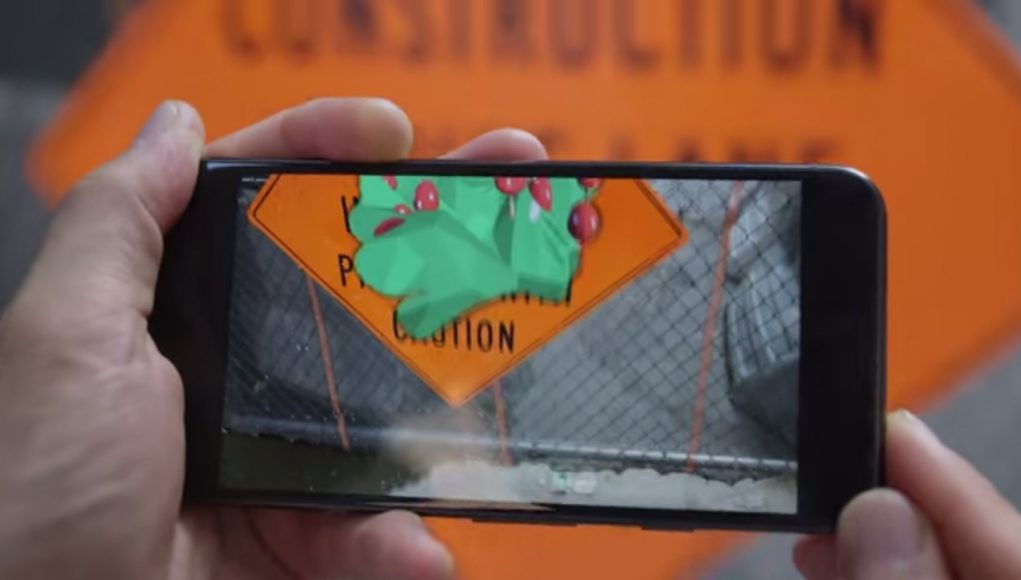Google released a preview version of ARCore for Android yesterday, the company’s answer to Apple’s ARKit. Since ARKit was released a few months ago, we’ve seen a bevy of really cool experiments and potential apps to come from developers from all over the world, but now it’s ARCore’s turn to shine.
Developers looking to use ARCore to create augmented reality apps can start building right now on both the Pixel line and Samsung S8 line. The platform will be targeting 100 million devices by the end of preview access however, coming from various hardware manufacturers and potentially making ARCore the defacto largest AR platform when it launches on other devices later this year.
While the critical mass of inspiring (and hopefully useful) ARCore apps has probably yet to come, here are some cool early experiments that get us excited about the potential of AR to inject something magical into every day life.
Morph Face
Morph Face is an experiment that lets you morph any surface around you into a new shape. It uses shaders to achieve the morphing effect.
Built by George Michael Brower with friends at Google Creative Lab. Built with Unity and ARCore.
Portal Painter
Portal Painter gives you a fun way to create portals into other dimensions. Just point your device at a nearby surface, then use your finger to paint a portal into another world.
Built by Jane Friedhoff with friends at Google Creative Lab using Unity and ARCore.
Hidden World
Hidden World is a simple experiment that combines hand-drawn animation with augmented reality. Point your device at the ground, then tap anywhere to reveal an animated world at your feet.
Built by Rachel Park Goto and Jane Friedhoff with friends at Google Creative Lab using Unity and ARCore.
Draw and Dance
Draw and Dance lets you create your very own dancing AR stick figure that reacts to the music and sound around it – your voice, your dog’s bark, and best of all, your playlist. This character can also augment your Google Home by taking its place on top of the speaker and moving in response to whatever sound comes out.
Built by Judith Amores Fernandez and Anna Fusté Lleixà with friends at the Google Creative Lab using Unity, ARCore, Vuforia and API.AI
ARCore Drawing
This is a simple demo that lets you draw lines in 3d space. It was made as a quick example of how to combine openFrameworks and ARCore. You can get the source code here.
Built by Jonas Jongejan using openFrameworks and ARCore.
Keep an eye on Google’s AR Experiments page for more in the coming weeks.







